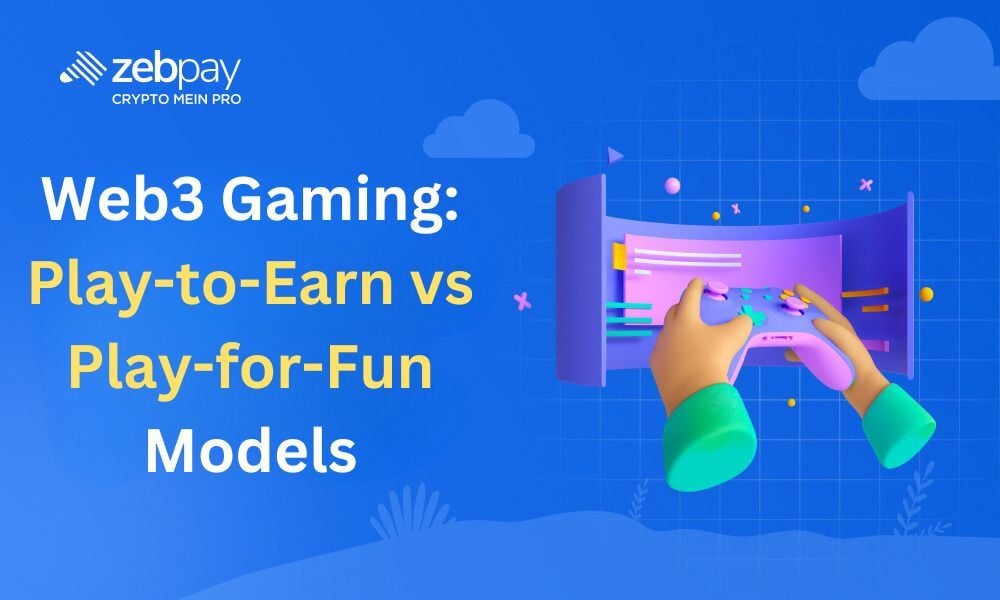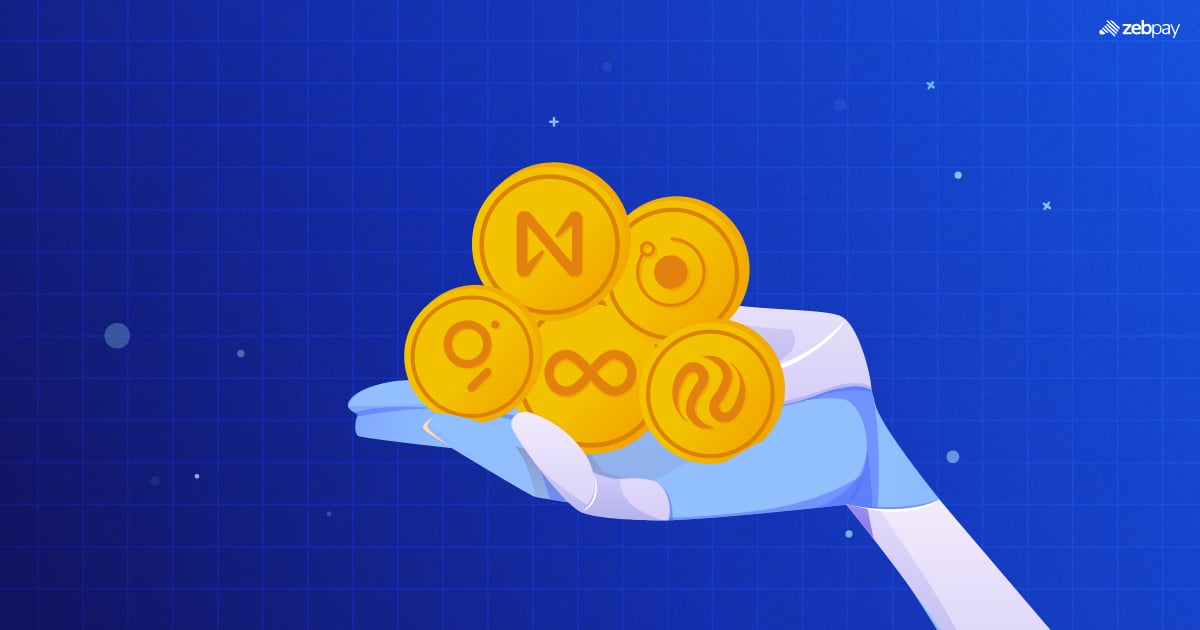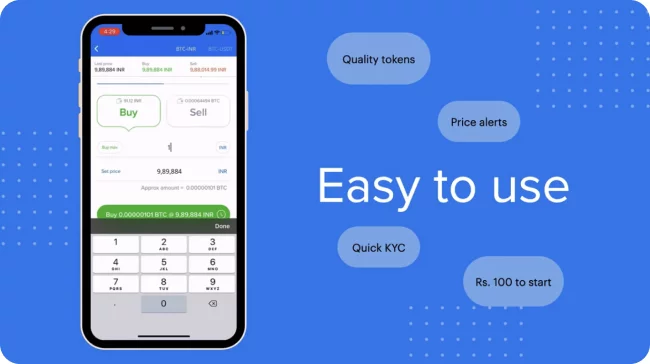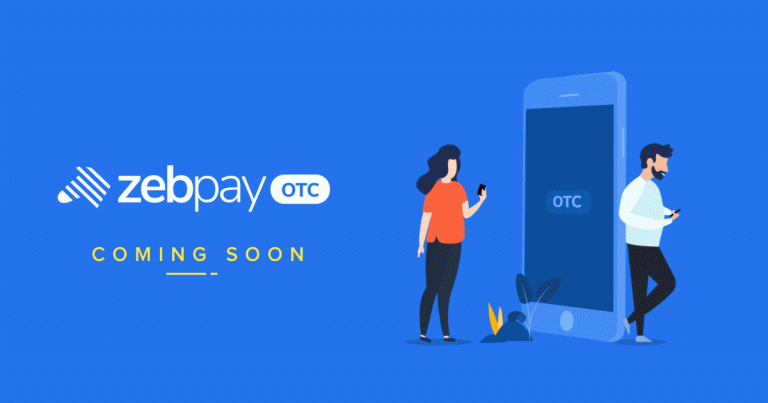The gaming industry is experiencing a major transformation, driven by the emergence of Web3 technologies. At the heart of this transformation lies 2 emerging paradigms: Play-to-Earn (P2E) and Play-for-Fun (PFF). Both are transforming how players interact with games, redefining the value of virtual experiences. While P2E has captured attention by turning gamers into earners, PFF counters with a focus on immersive and enjoyable gameplay. Market experts believe that key drivers of this growth include decentralisation and ownership, the P2E economy, cross-platform interoperability, community-driven development, and improvements in security and transparency. This blog dives into the evolving dynamics of such models, exploring how they coexist and compete in shaping the future of gaming in the decentralised era.
Overview of Web3 Gaming and Blockchain Integration
Web3 gaming represents the next evolution of the gaming industry, leveraging blockchain technology to deliver decentralised, player-driven experiences. Unlike traditional gaming, where in-game assets are locked within centralised ecosystems, Web3 gaming introduces true ownership through non-fungible tokens (NFTs) and crypto integration. Players can own, trade, and monetise their assets across different platforms, creating a new digital economy. Smart contracts ensure transparency and fairness, while decentralised networks reduce reliance on centralised servers.
According to Future Market Insights (FMI), a premier provider of market intelligence and consulting services, the Web3 gaming market was projected to reach a value worth $23,926 million in 2023 and is anticipated to cross $133,282.2 million by 2033, at an 18.7% compound annual growth rate (CAGR) over the forecast period. With blockchain, gaming is no longer just about entertainment; it’s a blend of finance, creativity, and community building. This integration has paved the way for innovative models such as P2E and PFF, each offering unique value propositions to players and developers alike.
Read more: Web3
The Play-to-Earn Model: Advantages and Disadvantages
Advantages:
- Financial Empowerment: P2E games reward players with crypto assets or valuable NFTs, turning gaming time into a revenue stream.
- Global Accessibility: Players from economically disadvantaged regions can access new income opportunities.
- Community Engagement: Players have a direct stake in the game’s ecosystem, fostering loyalty and active participation.
- Transparency and Fairness: Blockchain technology ensures that rewards and transactions are secure and tamper-proof.
Disadvantages:
- Overemphasis on Earning: Gameplay can feel more like a job than a recreational activity, reducing the fun factor.
- Economic Risks: Volatile crypto markets can affect the value of rewards, leading to financial instability.
- Barrier to Entry: High upfront costs for NFTs or tokens can exclude casual gamers.
- Sustainability Challenges: P2E models often rely on continuous player growth, which can lead to unsustainable economies.
The Play-for-Fun Model: Advantages and Disadvantages
Advantages:
- Immersive Gameplay: PFF games prioritise entertainment, creativity, and narrative, providing a fulfilling gaming experience.
- Broader Appeal: With no financial pressure, these games attract a more diverse audience.
- Focus on Quality: Developers can invest more in game design, storytelling, and innovation rather than tokenomics.
- Sustainability: Without the need for continuous economic inflows, these games are more resilient to market fluctuations.
Disadvantages:
- Limited Monetisation: Players may have fewer opportunities to earn tangible rewards.
- Centralisation Risks: Many PFF games remain partially centralised, reducing player control over assets.
- Lack of Incentives: Some players may feel less motivated to engage deeply without financial rewards.
Comparing the Two Models: Key Differences and Synergies
Key Differences:
- Purpose: P2E emphasises earning potential, while PFF focuses on entertainment and engagement.
- Player Demographics: P2E attracts gamers seeking financial opportunities, whereas PFF appeals to casual and hardcore gamers alike.
- Economic Impact: P2E integrates blockchain-driven economies, while PFF often treats blockchain as a supplementary feature.
Synergies: Hybrid approaches are emerging, blending the best of both models. For instance, games can offer optional earning mechanisms without compromising on engaging gameplay. These synergies address the limitations of each model and cater to a wider audience.
Innovations in Web3 Gaming: Hybrid Models and New Approaches
Developers are exploring hybrid models that integrate both earning and entertainment. Features like dual-token economies allow players to enjoy gameplay without financial pressures while providing earning opportunities for those who seek them. Community-driven governance through decentralised autonomous organisations (DAOs) enables players to shape game development.
Other innovations include interoperable NFTs, enabling assets to move seamlessly between games, and AI-driven game design for personalised experiences. These approaches aim to create a balance between fun and utility, ensuring long-term player engagement.
Future Outlook
The future of Web3 gaming lies in creating inclusive, sustainable ecosystems that cater to diverse player needs. As blockchain technology matures, we can expect:
- Improved Accessibility: Lower barriers to entry through free-to-play models with optional earning mechanisms.
- Enhanced Gameplay: Greater focus on storytelling and immersive experiences.
- Mainstream Adoption: Partnerships with traditional gaming companies to integrate blockchain seamlessly.
- Sustainability: Balanced economic models that avoid hyperinflation and dependency on player growth.
Conclusion
Web3 gaming is transforming the industry by offering players new ways to engage, earn, and interact with digital worlds. While P2E and PFF models each have their strengths and weaknesses, the true potential lies in blending these paradigms to create a holistic gaming experience. As innovation continues, Web3 gaming is poised to redefine not just how we play but also how we perceive the value of virtual ecosystems in the decentralised age.
Unravel everything that you need for your crypto journey via ZebPay blogs. Get started today and join 6 million+ registered users on ZebPay!







